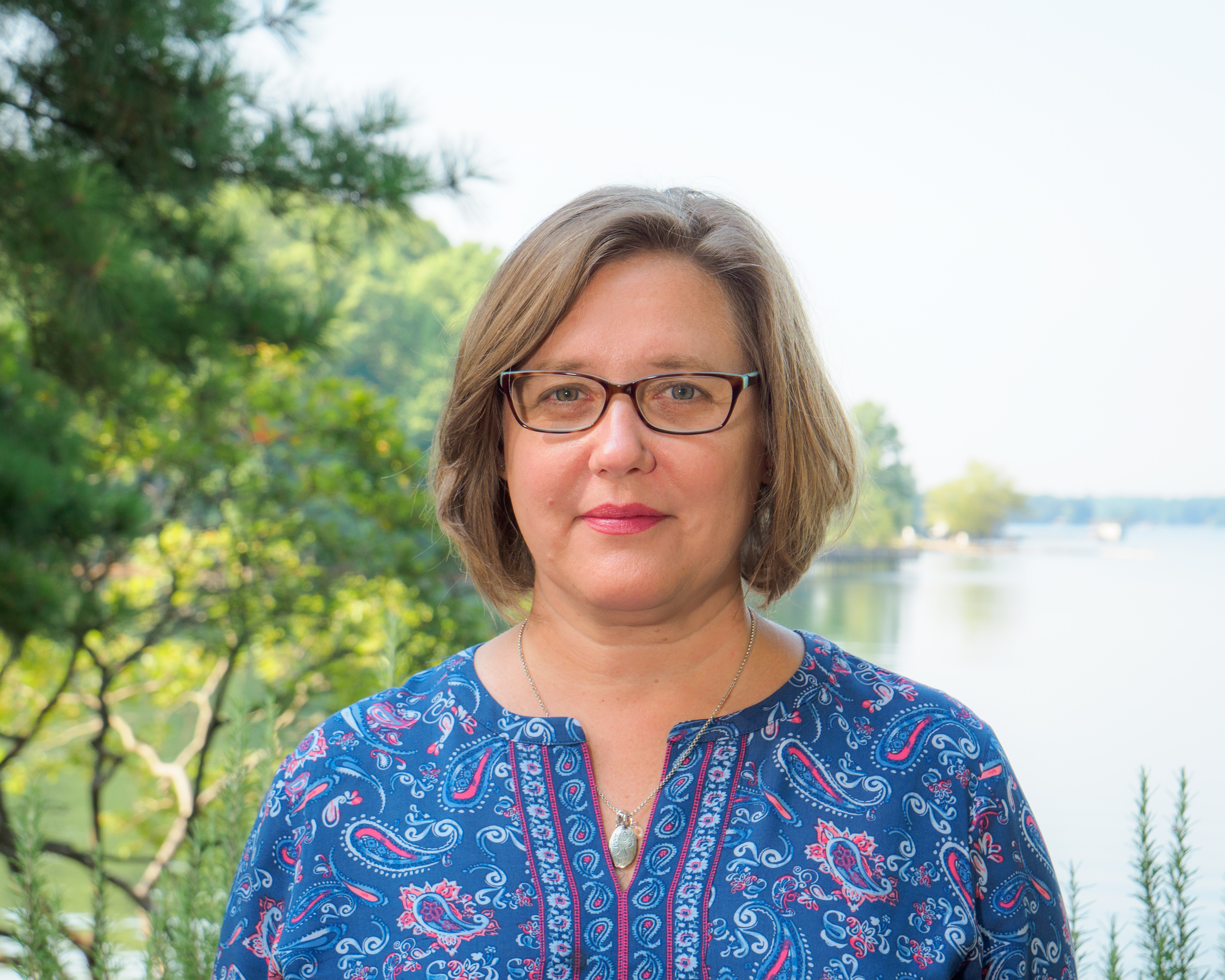Q&A with the Scholars: From Nursing to Abortion Research
After 25+ years serving on the front lines of health care as a Nurse and then as a Family Nurse Practitioner, Dr. Sharon J. MacKinnon completed her doctoral work in Health Services Research at the University of North Carolina at Charlotte. Dr. MacKinnon recently joined the Charlotte Lozier Institute as an Associate Scholar, and in this interview, she shares her observations from her nursing experience as well as her recent research on reasons why women obtain abortions, the significant racial and ethnic disparities in deaths caused by abortion, abortion reporting, chemical abortions, and more.

Sharon J. MacKinnon, Ph.D., RN, FNP-C
Some abortion advocates have argued that access to abortion is essential to the wellbeing of women, especially as a solution to help them out of poverty. As someone who has devoted her career to serving predominantly low-income patients over the past 25 years, can you give us any insight or observations you may have about this line of reasoning?
Dr. MacKinnon: My entire perspective on health care changed when I started working as a Health Services Researcher. Whereas I used to work with one particular person at a time, I now work with statistics representing, at times, millions of people. I haven’t left my nursing experience behind, though; in fact, I think it enables me to see beyond the smooth surface of the data as I recall individual women, each one unique in her circumstances and responses to the stressors of poverty and pregnancy. I’ve found that my nursing experience validates the statistical research below.
The most recent research on reasons women themselves reported for obtaining abortions indicated that 40% of women cited financial concerns. Only 6% of women, however, gave financial considerations as their only reason for obtaining an abortion. A closer look shows that 64% of women reported multiple reasons for seeking an abortion including timing (36%), partner related reasons (31%), and the need to focus on other children (29%) (Biggs, Gould, & Foster, 2013). These statistics do not invalidate the dire circumstances women face when they are living in poverty and pregnant, but they do show that women’s experiences leading them to seek abortion are complex and involve several factors. A pro-life stance then, should also be holistic, supporting public and private policies that decrease poverty among women and children and responding to women in these difficult social situations by providing alternatives that offer long-term hope and healing.
Your research has found a frightening racial disparity in abortion incidence, and you have called this a crucial public health problem. Can you explain your findings,and their importance for public health?
Dr. MacKinnon: I co-authored two papers on this topic. The first one validated and expanded our understanding of a fact that the public health community in the United States has acknowledged for over two decades, namely, that non-Hispanic Black (NHB) women have an induced abortion rate almost three times that of non-Hispanic White (NHW) women. It was of interest to us that one of the most commonly applied measures used by the Centers for Disease Control and Prevention (CDC) to characterize the burden of premature death, “Years of Potential Life Lost” (YPLL), had never been applied to this obvious racial disparity. Calculations of YPLL are used to compare the impact of different causes of mortality on populations. Our reasoning was simple: if the intent of an abortion is to prevent a live birth, then an abortion resulted in a death that could be included in YPLL calculations.
Some abortions are performed for pregnancies that would likely have resulted in natural fetal losses, commonly referred to as “miscarriages.” In order to avoid attributing additional years of these would-be natural fetal losses to YPLL caused by induced abortions, we applied nationally available intrauterine death estimates from the CDC’s National Center for Health Statistics (NCHS) to abortions obtained in 2008 by our study population, NHB and NHW women in North Carolina (NC). We also calculated YPLL for every cause of death using NC detailed mortality data and the CDC’s categories for reporting.
The results of our analyses of NC data were as dramatic as we expected. For NHBs, induced abortion accounted for 678,750 YPLL out of a total (combined for all causes including abortion) 889,990 YPLL. In other words, abortion contributed 76% of total YPLL for NHBs. The numbers were equally disturbing for NHWs: 639,750 Years of Potential Life Lost to abortion out of a total 1,076,993 YPLL, or 59% of YPLL. Induced abortion contributed 8.7 times the YPLL accumulated from the three main chronic diseases (malignant neoplasm, heart disease, and cerebrovascular) for NHBs and 3.6 times the YPLL for NHWs. YPLL for NHB rates per 100,000 population for induced abortion were 3.2 times higher than NHWs.
In a second paper, we applied YPLL to national data on abortions and all causes of death for NHBs, NHWs, and Hispanics in 2009. Abortions accounted for 64% of all Hispanic deaths and 61.1% of all NHB deaths, but only 16.4% of all NHW deaths. For Hispanics, NHBs, and NHWs respectively, abortion represents 87.4%, 86.5%, and 63.1% of YPLL. YPLL rates per 100,000 population for induced abortion among NHBs were 5.9 times higher than that of NHWs and 2.1 times higher than Hispanics.
Our research demonstrates that abortion is the overwhelming cause of Years of Potential Life Lost among non-Hispanic Blacks and Hispanics, and has a direct and profound impact on the demographic, socioeconomic and cultural composition of the United States.
You’ve written that although there is universal acknowledgment that the act of abortion results in a death, abortion is not reported as a cause of death in the vital statistics systems in the United States. What do you mean by “universally acknowledged,” and why do you think these deaths should be reported as such?
Dr. MacKinnon: A genetically distinct human organism comes into being at the moment of fertilization. Human life begins at conception. Ideas about the sacredness of life, the moral status of a developing human, or the timing of personhood are important but irrelevant to the study of the biology of human reproduction. Abortion ends the life of a developing human organism and therefore is a death. Death certificates for all other causes of death, other than abortion, are filed in state registration offices and then compiled in a national database by the Vital Statistics Cooperative Program based at the CDC’s National Center for Health Statistics. As I mentioned in my answer to the previous question, there are significant racial and ethnic disparities in deaths caused by abortion. Because of the lack of consistently reported valid abortion data, researchers can only speculate on the causes of all these preventable deaths, though there are some studies surveying a sample of women who have had abortions. The most cost-effective method of creating and maintaining abortion reporting useful to address this public health problem would be to consider abortion as a reportable death and issue a death certificate.
Chemical abortions make up approximately 30 percent of all abortions in the United States.[1] Women taking this mifepristone/misoprostol drug regimen to induce abortion generally go through the abortion process alone in their own homes, away from medical personnel. What are your thoughts on this as a health care provider? Is this “medical progress”?
Dr. MacKinnon: I do not think that the main challenge women face when they start a chemical abortion at home is whether or not they will be alone or accompanied by a health care provider. I think the main challenge they face is moving past the knowledge that once they have started the process, the prescriber of the pills will abandon them if they choose to change their minds. Those who promote a woman’s right to choose a chemical abortion are determined to thwart a woman’s right to choose to reverse the process of chemical abortion and save the life of her child. The good news is that at this very moment there are nurses accompanying women who have courageously decided to reverse their chemical abortions. These nurses walk women through the steps necessary to find a physician who will administer medications that will restore the environment within their bodies so that it encourages life. The work of nursing is to support conditions and/or an environment that enables Life to flourish and thrive. I cannot think of a better example of “nursing progress.”
Why are you pro-life? If you had 60 seconds to explain to someone why you have pursued the work that you have throughout your career, what do you tell them?
Dr. MacKinnon: I am pro-life because all life is a gift from God and as such bears the image of God. At a very early age I wrote a paper about Yad Vashem in Israel in which I wondered if one day there would be a similar memorial to the victims of abortion and those who put an end to it.
Dr. MacKinnon’s fully biography can be found here.
Biggs, M. A., Gould, H., & Foster, D. G. (December 01, 2013). Understanding why women seek abortions in the US. BMC Women’s Health, 13, 1, 1-13.
[1] https://www.guttmacher.org/fact-sheet/induced-abortion-united-states
























